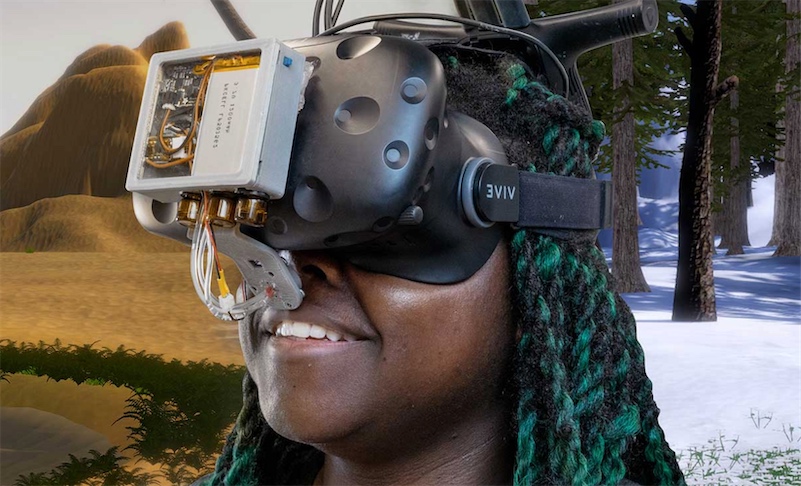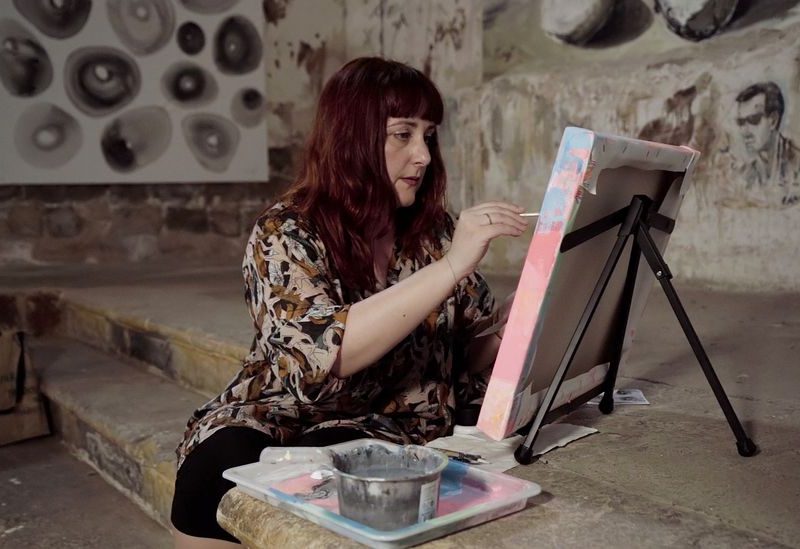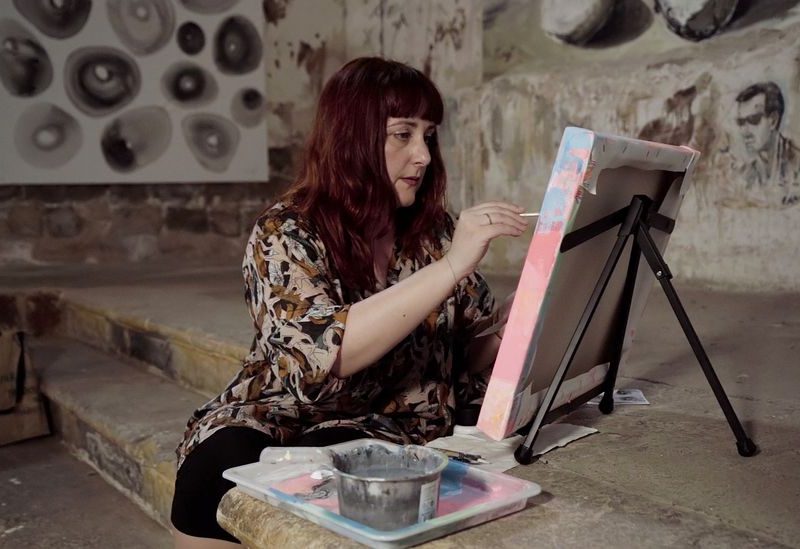Synesthesia is the fascinating neurological phenomenon whereby stimulation of one sense involuntarily triggers another sensory pathway. A synesthete might taste sounds or hear colors. Now, computer scientist Jas Brooks and colleagues from the University of Chicago are creating a kind of digital synesthesia by using odors to trick your brain into experiencing different temperatures in virtual reality. For example, capsaicin, the chemical in hot peppers, triggers a warm feeling while eucalyptol elicits a cool sensation. Evan Ackerman explains in IEEE Spectrum:
The trigeminal nerve [in your nose] connects your brain to most of your face, and it carries a bunch of sensory information, including both smell and temperature. The actual temperature-sensing mechanism comes from transient receptor potential (TRP) ion channels, and while we can skip over exactly how these work, the important thing to understand is that some of these TRP channels can get triggered by either skin temperature or certain kinds of aerosolized chemicals. You’ve almost certainly experienced this for yourself: When you smell peppermint, it feels cold, because the menthol in the peppermint is triggering a receptor in your trigeminal nerve called TRPM8 that responds to both the menthol and temperatures under 25 °C. On the other end of things, capsaicin (which you can find in hot peppers) triggers the TRPV1 receptor, which also responds to temperatures above 42 °C. That’s the key: One receptor that can be triggered by temperature or a chemical, but sends the same temperature sensory message to your brain. The researchers describe this as “a perceptual duality,” and if you aerosolize one of these chemicals and puff it up your nose, you’ll feel a temperature change.[…]
The smell delivery system is small, weighing a little over 100 grams with batteries included. It uses just 0.25 W of power, between 20 and 50 times less than typical Peltier elements. “Power efficiency is everything,” says Brooks. “Ultimately, any kind of new modalities for VR/AR will only succeed if they are feasible in a mobile/untethered context. If we want to have thermal experiences that are portable, the device needs to be power efficient.” Three 1 mL vials of liquid last almost 6 hours of sustained temperature changes, with the device delivering an atomized puff toward the user’s nose every six seconds.
“VR System Hacks Your Nose to Turn Smells Into Temperatures” by Evan Ackerman (IEEE Spectrum)
“Trigeminal-based Temperature Illusions” (Proceedings of CHI ’20)
image: University of Chicago























